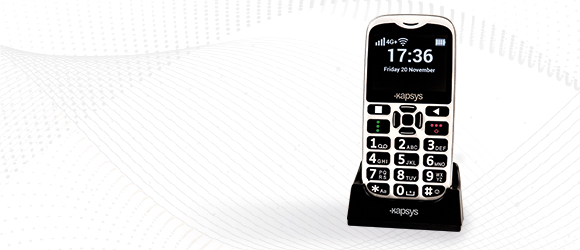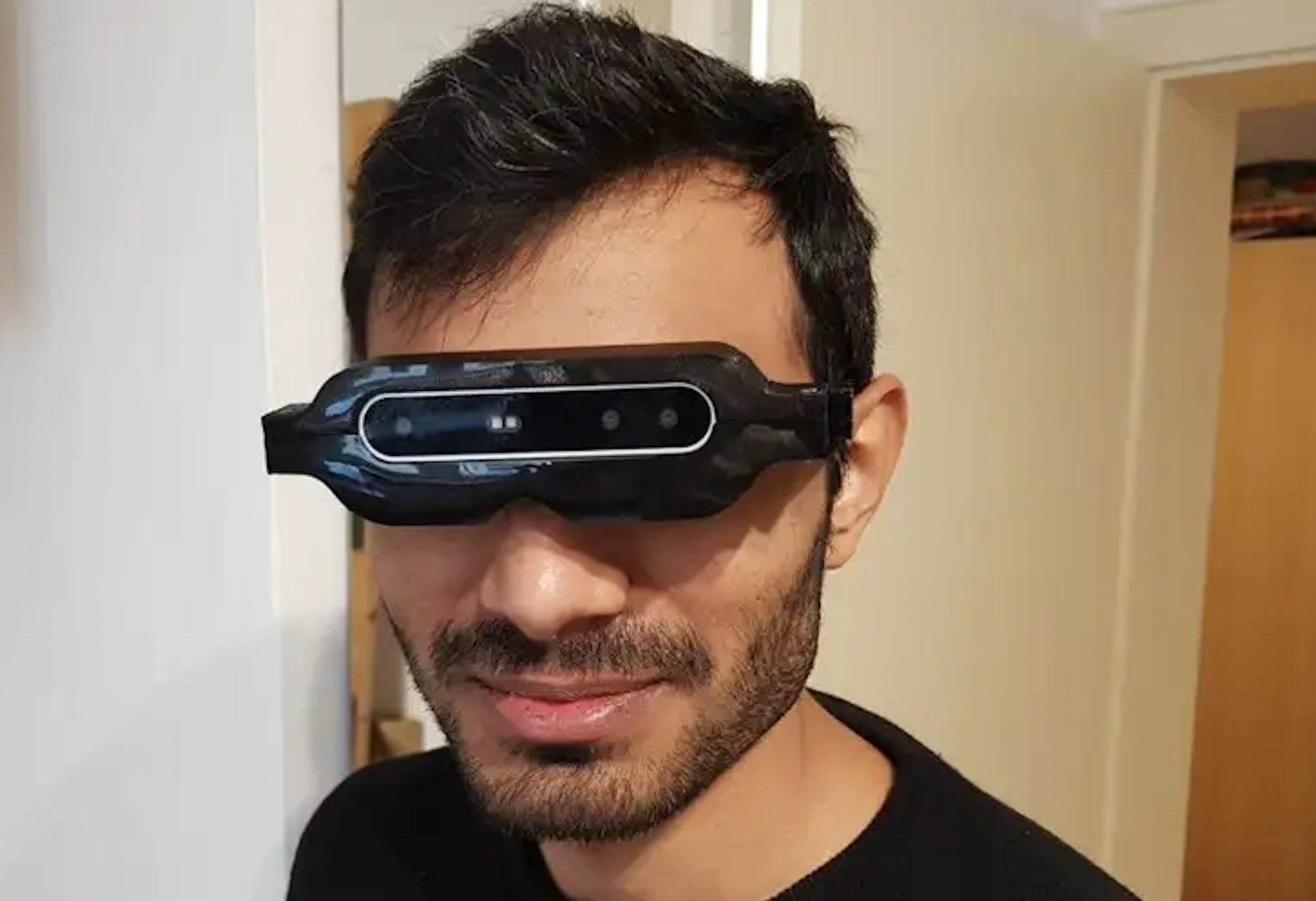AI-Powered Visual Aids: Transforming Support for the Blind
AI-Powered Visual Aids: Transforming Support for the Blind
Blog Article
Enhancing Lives With Advanced Assistive Tools for the Blind
The combination of innovative assistive devices for the blind is transforming exactly how individuals experience their environments and interact with their areas. What does this development indicate for the future of assistive innovation and its role in empowering individuals?
Introduction of Assistive Tools
Assistive gadgets for the blind encompass a diverse series of devices and modern technologies designed to improve self-reliance and enhance the lifestyle for people with visual disabilities. These gadgets provide to numerous requirements, from navigation and flexibility to communication and daily task administration.
One of the primary groups of assistive tools consists of wheelchair aids, such as white canes and guide pet dogs, which assist individuals browse their surroundings safely. Electronic travel help, equipped with sensors and audio feedback, likewise play a considerable duty in flexibility improvement.
Furthermore, devices that assist with everyday living activities, such as adaptive cooking area tools, Braille labels, and speaking watches, encourage individuals to perform tasks independently. Communication aids, including screen readers and Braille displays, promote accessibility to details and make it possible for individuals to engage properly with the digital world.
In addition, low-tech options like magnifying glasses and large-print products remain important for numerous customers. Collectively, these assistive gadgets serve not only as useful tools but also as essential enablers of autonomy, fostering greater participation in a world that usually prioritizes sighted experiences. Their integration right into day-to-day life is necessary for promoting inclusivity and improving general well-being for those with visual problems.
Innovative Technologies in Usage
Development in technology has dramatically transformed the landscape of tools offered for individuals with aesthetic impairments. Amongst one of the most remarkable innovations are wise glasses incorporated with increased fact, which supply real-time navigation support and item recognition. These devices utilize progressed video cameras and expert system to provide auditory hints, improving the customer's spatial awareness and autonomy.
Furthermore, mobile applications have actually become effective resources, making it possible for individuals to determine currency, reviewed message out loud, and browse unknown atmospheres with verbal guidelines. Devices such as Braille display screens and refreshable Braille devices proceed to advance, providing seamless connection with computer systems and smart devices, thus enhancing communication and accessibility to details.
Wearable innovation, consisting of smartwatches equipped with voice-activated functions, better equips individuals by facilitating fast accessibility to notices and notifies without calling for aesthetic engagement. Responsive maps and 3D printing are also acquiring traction, supplying tangible depictions of areas that help in orientation and movement training.
Collectively, these cutting-edge modern technologies not only enhance the lives of visually impaired people however additionally foster higher self-reliance, inclusivity, and involvement with the more comprehensive area, thus reshaping assumptions of availability. (Mobility aids for visually impaired users)
Individual Stories of Empowerment
Empowerment usually arises from personal experiences that highlight the transformative influence of technology on individuals with visual disabilities. Take, for example, the story of Sarah, a young musician that reclaimed her enthusiasm for paint via making use of a smart cane furnished with barrier discovery. This tool not just promoted her movement yet instilled a newfound confidence, permitting her to browse public rooms independently and pursue her imaginative endeavors.

These stories highlight the profound effects that advanced assistive devices can carry every day life. By allowing people to overcome barriers, technology fosters a feeling of autonomy and self-regard. Such empowerment stories work as a testament to the capacity of technology, illustrating just how the right tools can significantly enhance lifestyle and open doors to new possibilities for those why not try here with visual disabilities.
Benefits of Advanced Solutions
The integration of innovative innovation into assistive tools dramatically changes day-to-day experiences for those influenced by vision loss. Smart glasses for the visually impaired. Instruments such as clever walking canes outfitted with sensing units, navigation apps, and wearable technology are developed to provide real-time responses, boosting spatial recognition and minimizing the threats connected with flexibility.
Furthermore, progressed assistive technologies promote social inclusion by facilitating interaction and interaction. Voice-activated devices and applications allow people to accessibility details and involve with their environments independently, breaking barriers that formerly impeded their participation in instructional, professional, and social settings.
In addition, the personalization and adaptability of these solutions provide to the varied requirements of users, thus improving their total lifestyle. Improved capability, such as object recognition and text-to-speech capacities, equips individuals with visual problems to execute tasks that they might have once located testing. Eventually, progressed assistive modern technologies not just improve self-reliance and security but also advertise dignity and self-respect, permitting customers to lead fulfilling lives.
Future Patterns in Assistive Tech
As technology proceeds to develop, the landscape of assistive tools for the a knockout post blind is positioned for impressive innovations that will additionally improve accessibility and self-reliance. Arising trends in assistive modern technology show a shift towards raised combination of artificial knowledge (AI) and equipment discovering, making it possible for gadgets to adjust to specific user requires in real-time. These technologies are expected to facilitate more user-friendly navigating systems that can determine obstacles and offer audio feedback, dramatically improving exterior mobility.
Furthermore, the development of wearable tech, such as clever glasses furnished with increased truth, will enable customers to get contextual details about their environments, thus enriching their spatial recognition. Moreover, innovations in haptic innovation pledge to create tactile feedback devices, permitting users to perceive information with touch, enhancing knowing and communication with their environment.
Telecommunication developments are also leading the way for remote assistance solutions, where qualified specialists can supply support using video calls, guaranteeing support is conveniently accessible. As these fads unfold, the future of assistive gadgets for the blind will unquestionably foster better autonomy, encouraging individuals to navigate their world with self-confidence and ease.

Final Thought
The integration of advanced assistive gadgets for the blind represents a considerable development in cultivating independence and enhancing lifestyle. By making use of innovative innovations, these tools empower users to navigate their atmospheres with better self-confidence and freedom. As the field remains to develop, continuous research study and development will likely produce much more sophisticated solutions, even more changing the lived experiences of individuals with visual disabilities and promoting a better feeling of incorporation within culture.
The assimilation of advanced assistive devices for the blind is changing exactly how individuals experience their surroundings and engage with their areas. The combination of innovative modern technology right into assistive devices significantly transforms everyday experiences for those impacted by vision loss.As modern technology continues to advance, the landscape of assistive devices for the blind is positioned for remarkable developments that will certainly further boost ease of access and independence. Emerging fads in assistive innovation indicate a change toward enhanced assimilation of man-made intelligence (AI) and device knowing, making it possible for gadgets to adapt to specific user needs in real-time.The combination of sophisticated assistive devices for the blind represents a considerable innovation in promoting self-reliance and boosting high quality Clicking Here of life.
Report this page